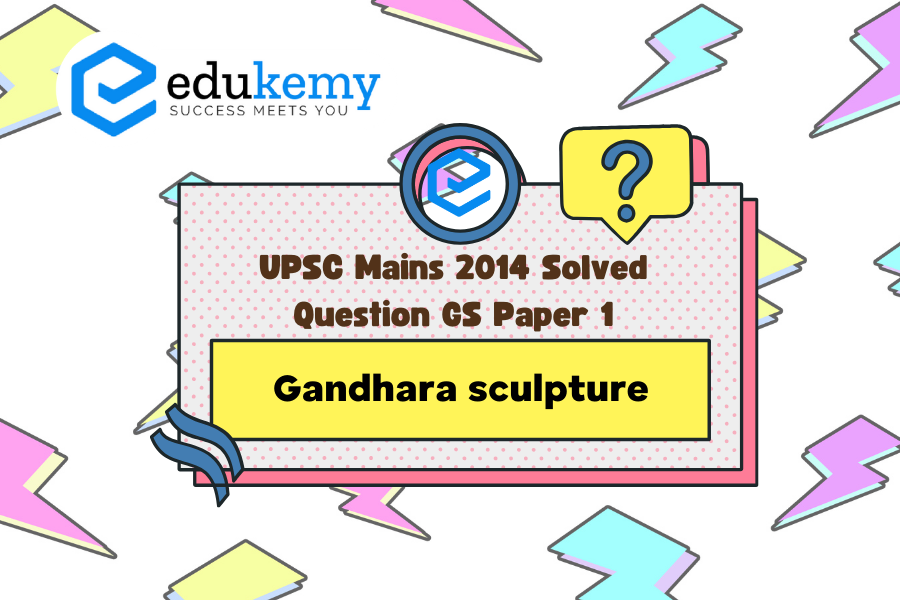Gandhara sculpture, renowned for its distinctive blend of Hellenistic and Indian artistic traditions, reflects a cultural synthesis shaped by interactions with both the Romans and the Greeks. Rooted in the ancient region of Gandhara (present-day Pakistan and Afghanistan), this art form emerged during the first few centuries CE, coinciding with the expansion of the Roman Empire and the spread of Hellenistic influence in the region. The Gandhara school of sculpture borrowed heavily from Greek techniques, such as realistic portrayal of human anatomy and drapery, while also incorporating Roman artistic elements like the use of marble and stone for sculpting. Additionally, motifs and themes from Roman mythology and iconography found their way into Gandhara art, further illustrating the interplay between these cultures. Thus, Gandhara sculpture owes its unique aesthetic not only to the Greeks but also to the Romans, embodying a rich cross-cultural exchange in the ancient world.
Tag: Indian culture.
Contents
Decoding the Question:
- In the Introduction, write briefly about Gandhara sculpture and influence of foreign elements.
- In Body, you can bring out the Roman Characteristics/Influence in Gandhara sculpture.
- Conclude by stating that Gandhara School was heavily influenced by Greek methodologies, and at same time this school is also influenced by the Roman techniques to a greater extent.
Answer:
Gandhara art is of Greco-Roman origin, combined with Indian artistic traditions. Gandhara sculpture was influenced greatly by Greek culture, however, the impact of Romans was quite considerable as well.The art of Gandhara, an ancient region in what is now northern Pakistan and eastern Afghanistan, was heavily influenced by Greek and Roman styles.According to Historian V. A. Smith, “the Gandhara style of art that developed in sculpture was a fusion of Greco-Roman and Indian styles”.

Roman Influence on Gandhara Sculpture:
- The Gandhara region was open to foreign influences and one such influence from the west was the Roman and Greek realism in art. The region came under the political influence of a variety of kingdoms like Greek, Mauryan, Parthian, Kushan, Synthian and this resulted in the emergence of a mixed school of art, which borrowed from various traditions of art.
- The Gandhara school drew upon the anthropomorphic traditions of Roman religion and represented the Buddha with a youthful Apollo-like face, dressed in garments resembling those seen on the Roman imperial statues.
- Standing figures of Buddha, deceived the elusive stylistic actions of the Roman sculptor, seeking to express majesties. The drapery was fundamentally Western, the folds and volume of dangling garments were carved with realness and gusto which earmarked the Gandhara sculpture as based on a Roman and Greek classical visual impact.
- In Gandhara art, the Hellenistic-Roman elements are proposed to form the basis for the artist’s conceptions and design.
- The Roman influence is also seen in the relief carvings which, both in their artistic style and in much of their iconographical detail, are closely related to Roman relief sculptures of imperial times. The position of the figures, the treatment of the body and the architectural forms used are all clearly derived from Roman models.
Overall, the Greek and Roman elements in Gandharan sculpture reflect the cultural exchange and cross-pollination that took place between the classical world and the ancient civilization of India. These influences helped to shape the distinctive style of Gandharan art and contributed to its enduring popularity and significance. Thus, Gandhara sculpture owed as much to the Romans as to the Greeks.
In case you still have your doubts, contact us on 9811333901.
For UPSC Prelims Resources, Click here
For Daily Updates and Study Material:
Join our Telegram Channel – Edukemy for IAS
- 1. Learn through Videos – here
- 2. Be Exam Ready by Practicing Daily MCQs – here
- 3. Daily Newsletter – Get all your Current Affairs Covered – here
- 4. Mains Answer Writing Practice – here


